Listen, names are important, right? Like, without an eye-catching title, you would never gravitate towards a piece of fiction unless you already knew the story and liked it enough. Maybe that’s shallow, but that’s just how humans work. We need something that makes us latch our attention on to it, something that makes us have a double-take and take an active interest in it. I mean, sure, you could title your award-winning manga after your protagonist. Or you could go and name it after a laundry product. And, hey, Bleach was pretty popular.
But why Bleach? I mean, the mangaka has explained that he chose the term ‘Bleach’ as a more intriguing alternative to the original title as it represented him ‘bleaching’ the traditional clothes of a Reaper. But still, it’s such a random name in hindsight. In an era where most Shonen anime were just either the name of their main character or some mystical object within the lore of the source manga, Bleach stood out. Which, I guess, was the entire point.
So, it worked considering Bleach enjoyed peak popularity. It became part of the ‘Big 3’, which was anime royalty back in the day. And later, it went on to be recognized as one of the defining anime franchises of the late 2000s. Like, that is no small feat. In a sea of supernatural manga, including big names in the same category such as Death Note, Bleach held its own.
It is really interesting to see how, despite its fall during the mid-2010s, you can’t say the word Bleach to a casual anime fan and not have them bring up the Shinigami or Asterisk by Orange Range. Even if you’ve never watched Bleach, you know of it. To the point where you can’t confuse it for anything else. And part of that recognition goes to having an iconic name. But how did that work? Let’s discuss!
Table of Contents
Bleach: An Absence Of Color That Isn’t Black Or White
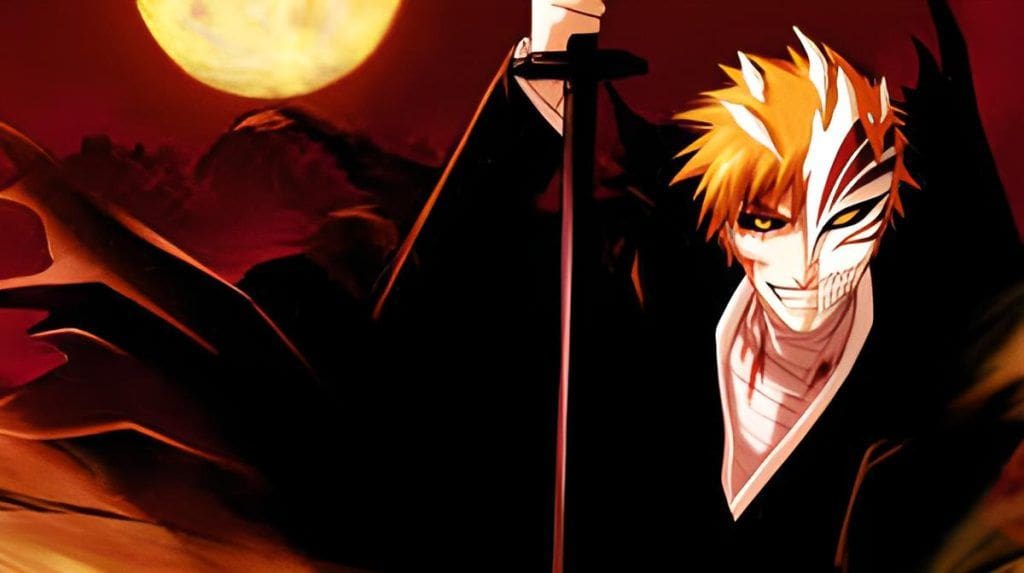
It is actively known how much inspiration Tite Kubo pulls from pre-existing Japanese mythos. In a tale about death gods, or Shinigami, they tend to be dressed up in traditional black and white robes to represent the duality of life and death.
So, when he was naming the story, the mangaka was confused about picking colors as the main title. Because a manga simply titled ‘Black/White’ wouldn’t exactly stand out. It needed to be something short, preferably a single word. But it had to be interesting enough to catch the general public.
The ‘Black’ was supposed to represent the conflict in Kubo-san’s story, of limbo and a world where death and life hold little conventional meaning. So, a world that wasn’t black or white, that was absent of the sense we normally associate with something like God. And what do you call that absence of sensibility?
How do you erase the colors of life and death? To Kubo-san, that answer came easy. After all, nothing gets rid of blood stains better than Bleach.
It Emphasized The Color Aesthetic Representing The Characters
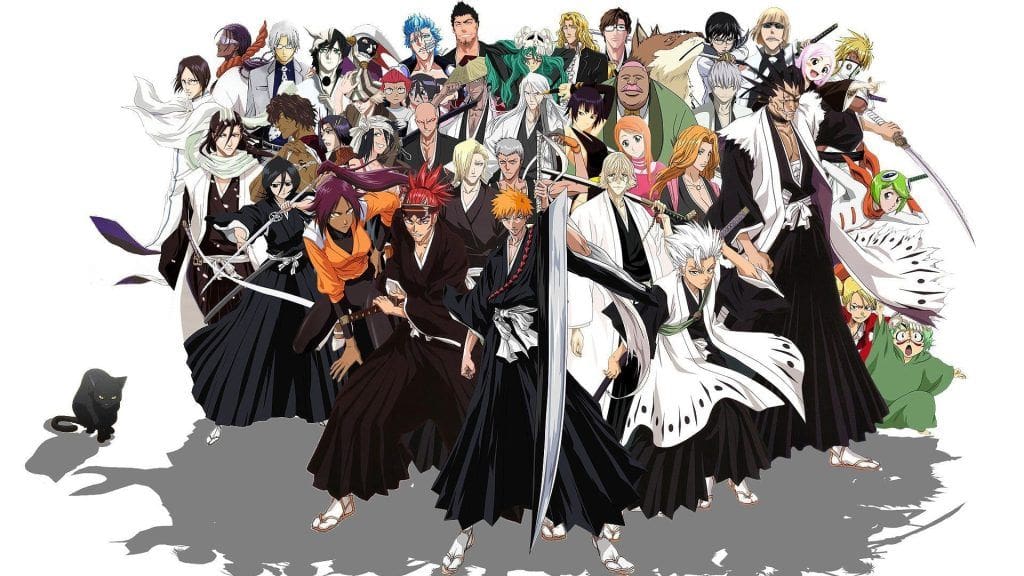
As said before, the black and white theme comes up a lot in Bleach. From the Shinigami to the Soul Society and even the Hollows, the two-toned duality is very front and center. Even the first character that Kubo-san created for Bleach was no exception to the rule.
Yes, Ichigo Kurosaki was not the first character envisioned for the Bleach project. It was Rukia Kuchiki, and you can see that severe duality inspire her to look, from her inky hair to her black robes. And that’s how it spiraled. Rukia was the blueprint that the creator based the entire story on. He inverted the colors for the Soul Reaper’s enemies, the Quincy, which was a visual representation of how the two factions contrasted each other. The metaphorical ‘bleaching’ of the altruism of the Soul Reaper’s dark robes became a militant white, representing the solidarity of the Quincy who felt wronged by them.
The white went on to signify the antagonists. Hence, Bleach. Kubo-san clearly had an aesthetic in mind, and he made sure his manga lived up to it.
A Fellow Mangaka Gave Tite Kubo The Push!
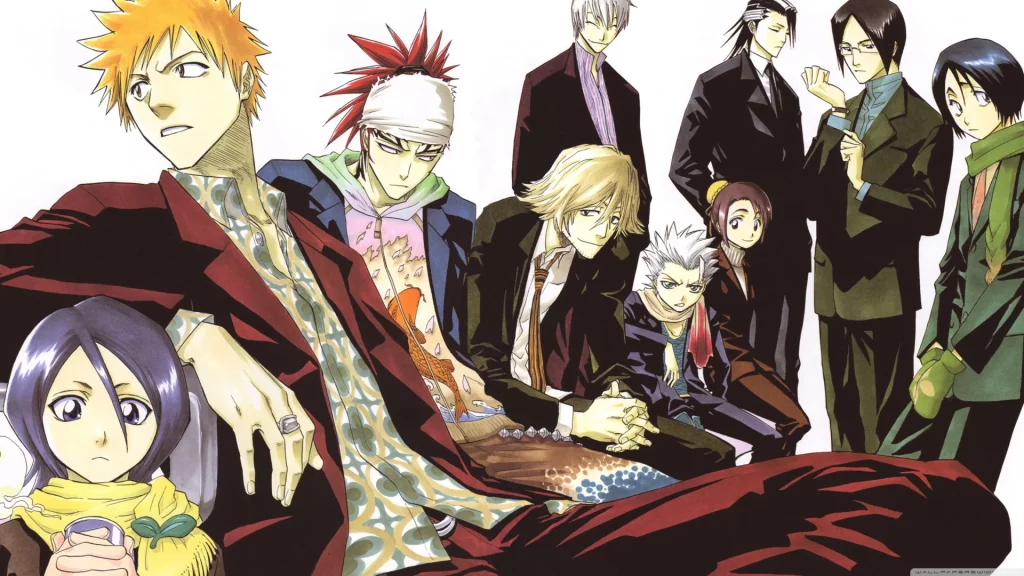
But even after all that, Kubo-san was left confused. After having his first draft of the original Bleach one-shot not get the viewings it should’ve, he was left disheartened. He believed in the story he had created, so why wasn’t it working?
Turns out, he just needed a little encouragement. And who better to encourage a budding mangaka than the legend himself, Akira Toriyama. You know, the creator of Dragon Ball? He wrote to Kubo, pushing him to go forward and publish Bleach as a series because he saw it held a ton of potential. Plus, the name was kind of cool.
And well, the rest was history. Today, Bleach is coming back on screens with its final arc. And hopefully, this finale will be the goodbye worth a series as prolific as Bleach.

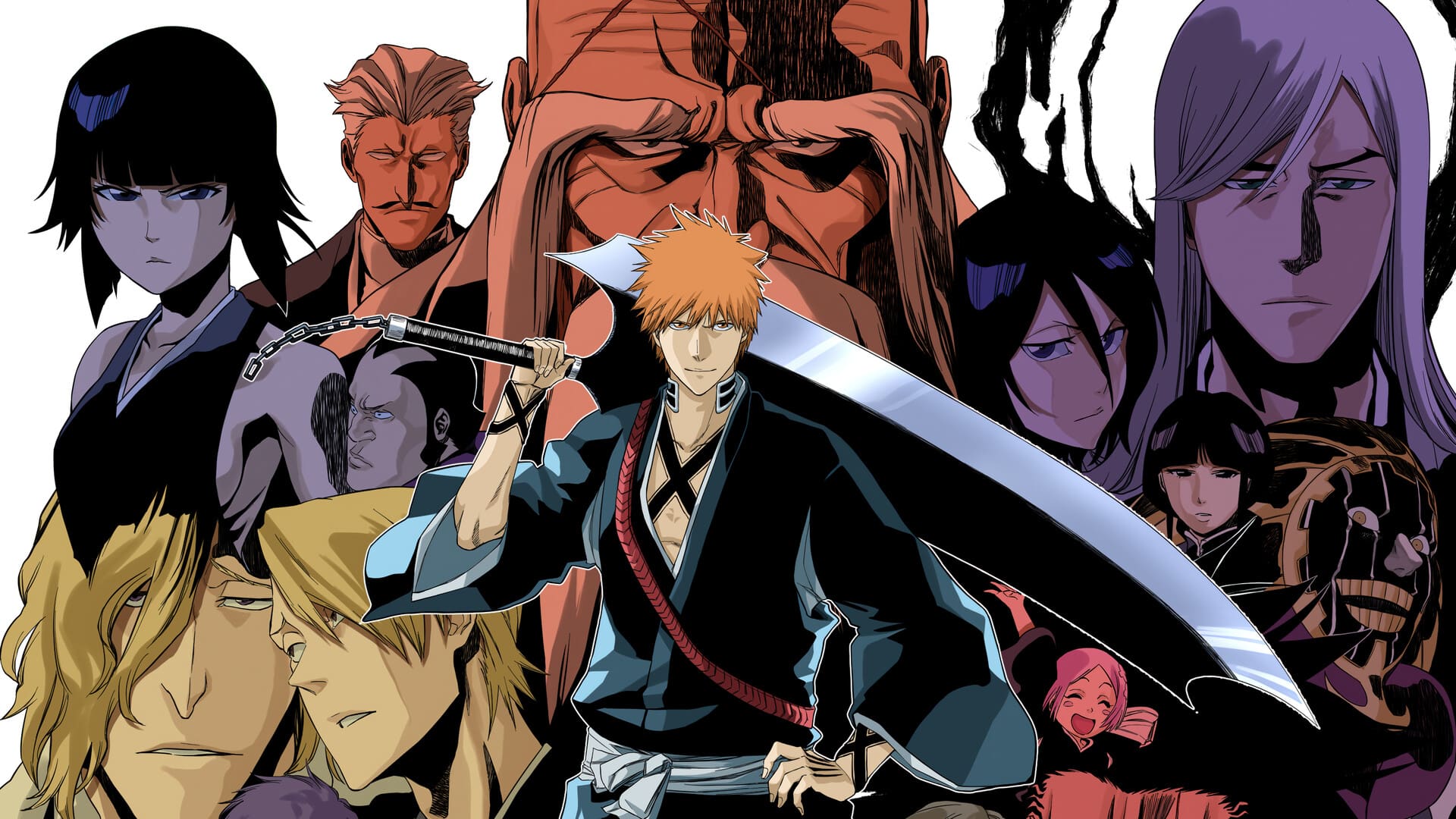










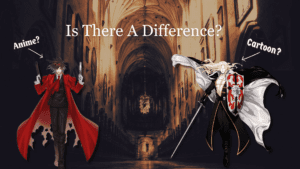
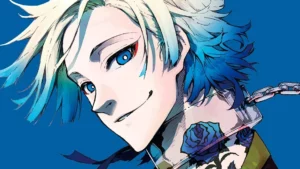
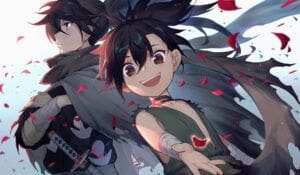

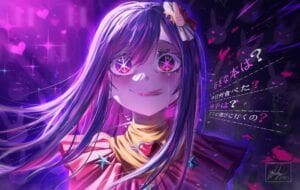
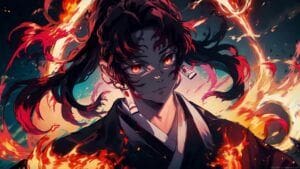
What do you think?
It is nice to know your opinion. Leave a comment.